August 28, 2025 | 15:52 GMT +7
August 28, 2025 | 15:52 GMT +7
Hotline: 0913.378.918
August 28, 2025 | 15:52 GMT +7
Hotline: 0913.378.918
The development of agriculture is like a flowing river, with each stage adding layers that contribute to common achievements. After solving the nation’s food security challenges, Vietnam shifted its focus back to agricultural restructuring, tapping into strengths that previously could not be fully utilized. The impacts of climate change have further accelerated the need for this restructuring.
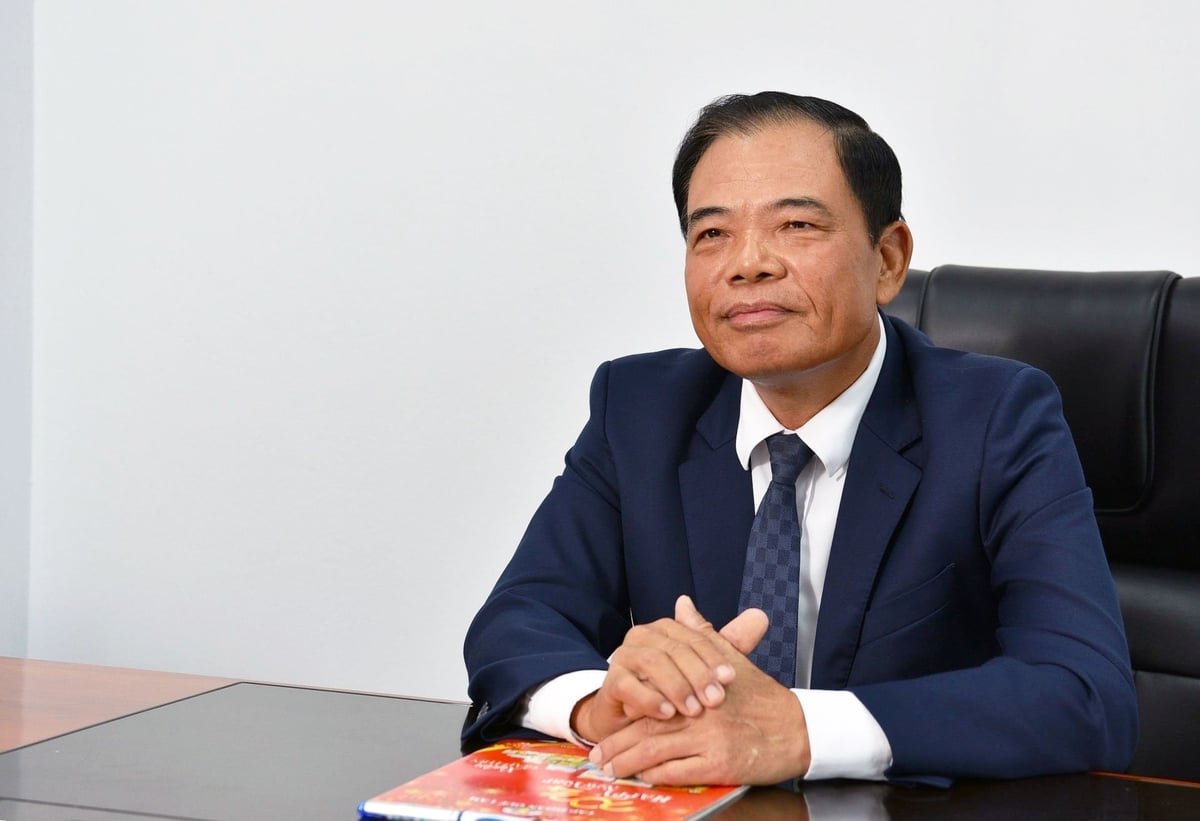
Mr. Nguyen Xuan Cuong, former Minister of Agriculture and Rural Development. Photo: Duong Dinh Tuong.
In the past, fresh water was abundant in the Mekong Delta, so rice cultivation was the main activity. But when climate change caused sea levels to rise and less fresh water to flow in, drought and salinity appeared. As brackish and saline areas expanded, people had to see them as new resources in the Mekong Delta to look for suitable production options instead of only thinking about difficulties.
That was also the ripe opportunity for the fisheries sector. For example, tra fish had been developed for more than 20 years, and shrimp for nearly 20 years, with a complete ecosystem of breeding, feed, farming areas, technical processes, processing and markets. With all these conditions combined, if properly utilized, we can "turn risks into opportunities," transforming weather disadvantages into advantages.
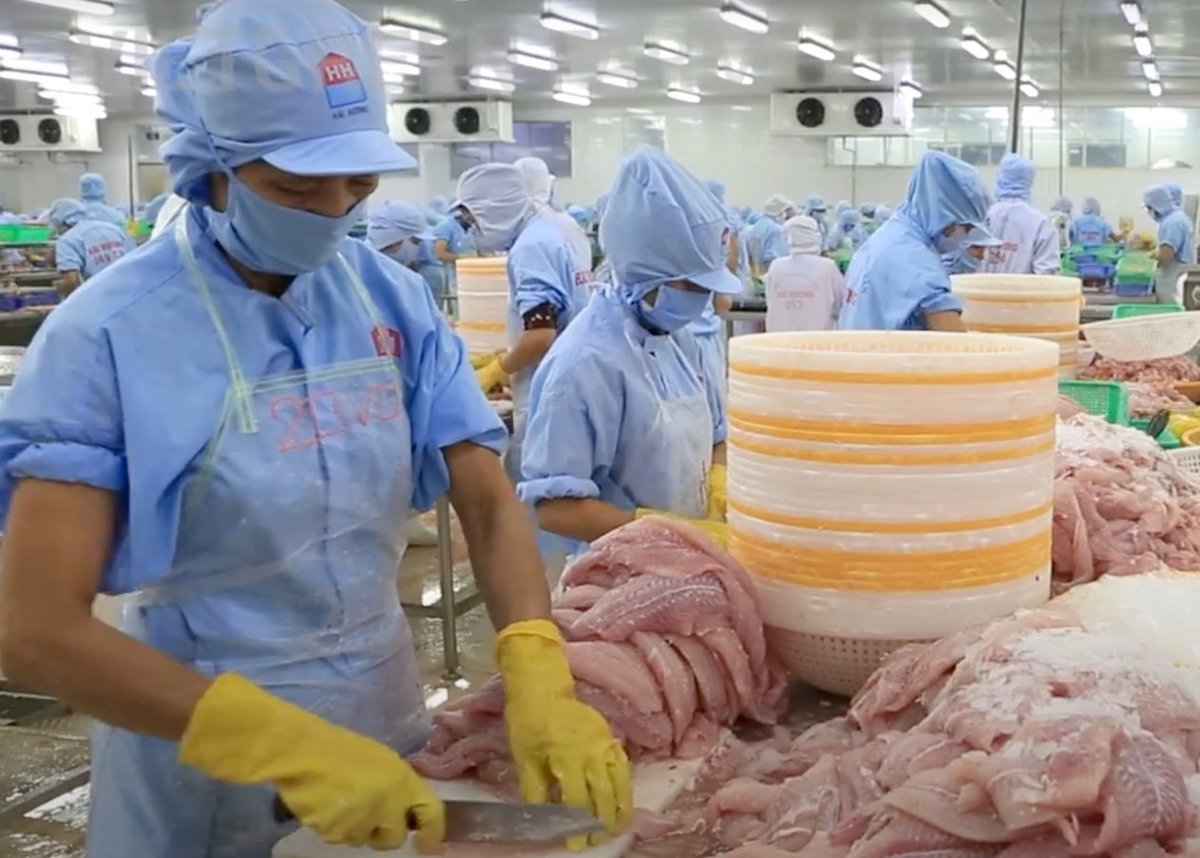
Processing tra fish at a factory in the Mekong Delta. Photo: Son Trang.
That is why we introduced the concept of developing three product axes. The national-level axis includes major branded and key products such as tra fish, shrimp, rice, coffee… The provincial-level axis includes products like Hung Yen longan, Bac Giang lychee, Yen Bai cinnamon… Finally, the local-level axis is represented by the “One Commune One Product” (OCOP) program.
Each axis needs its own mechanisms and policies to promote development. Up to now, there are more than 16,000 OCOP products at the commune level. At the provincial level, for example, Son La has nearly 90,000 hectares of fruit trees. At the national level, tra fish ranks first in the world; shrimp ranks second; coffee ranks second in production; cashew ranks first in processing; and rice ranks second or third in the world.
As for forests, we have built a forestry economy with a total forest area of 14.4 million hectares, achieving a coverage rate of 42.2%, producing 30 million cubic meters of timber annually, and generating 16 billion USD in exports. Regarding the sea, from relying mainly on exploitation, we have now developed a fisheries industry that combines exploitation, aquaculture, and processing, with exports worth 10 billion USD per year, creating jobs for millions of workers.
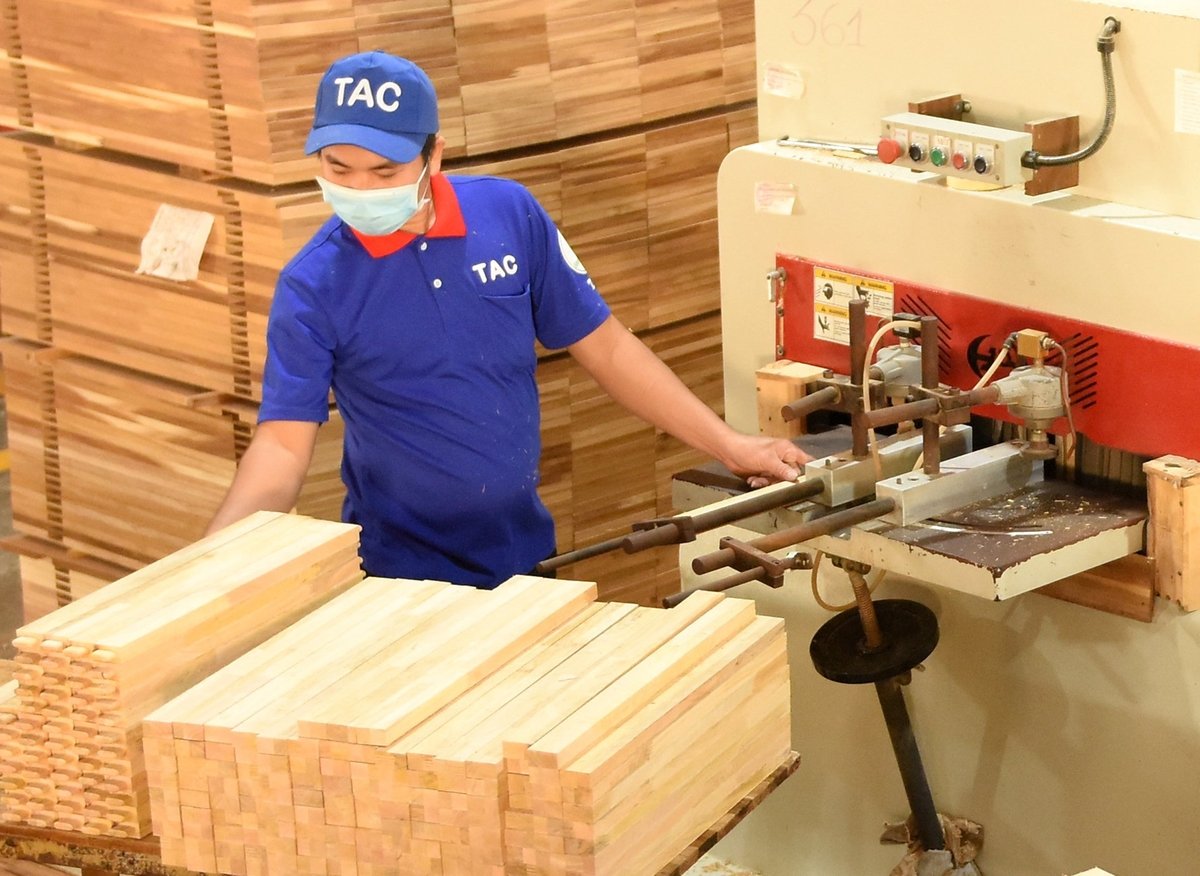
Wood processing at Thuan An Company. Photo: VRG.
On land, in crop production, we not only prioritize crops but also industrial crops and fruit trees. Livestock farming has developed with considerable diversity, including large livestock, small livestock, and poultry. Notably, although Vietnam does not have many natural advantages for dairy farming, through scientific solutions, we have managed to build a dairy farming and processing industry that now holds a recognized position in Southeast Asia.
In recent years, by relying on natural resources, human capacity, and appropriate policies for each stage, Vietnam has restructured agriculture towards modernization and sustainability, making the right use of its advantages. This has generated production capacity to meet the needs of over 100 million people and achieve an export value of 62.5 billion USD per year.
However, looking deeper, we see that agriculture still faces many challenges. First, productivity and farmers’ economic efficiency remain low, as the starting point is mostly small-scale households. Second, production costs are high, due to heavy reliance on manual labor; the processing rate is still low for instance, coffee processing is under 20%, which explains why a single cup of coffee can cost more than a kilogram of coffee beans. Third, adaptation to climate change and animal diseases, such as African swine fever, remains a pressing issue.
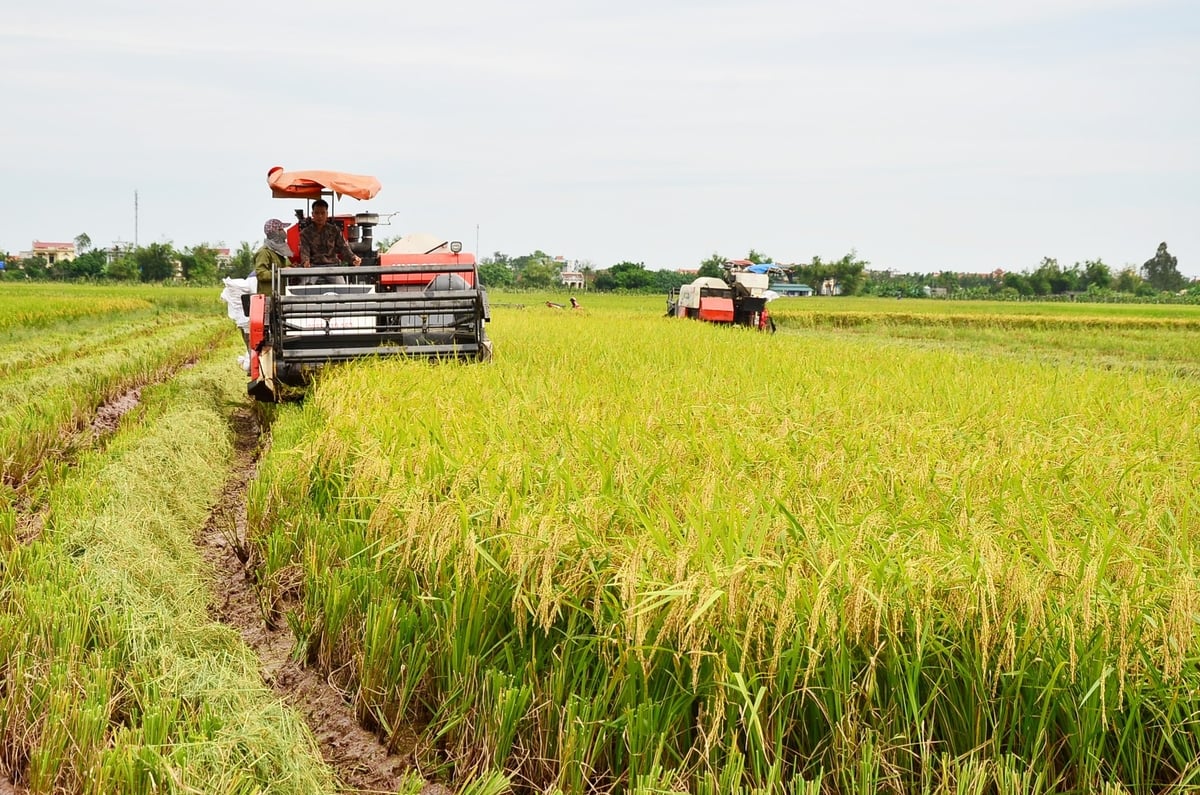
Synchronized mechanization in rice production. Photo: Duong Dinh Tuong.
Finally, there is a change in the global market. Out of Vietnam’s total 62.5 billion USD in agricultural exports, the main markets are China, the US, Europe, and Japan. In recent years, thanks to restructuring and the application of the latest scientific and technological advances, China’s agricultural production capacity has surged. For example, their fruit products have already flooded markets, and soon pork will become abundant, which could risk spilling over into Vietnam if not carefully managed.
Meanwhile, our southern neighbors, including Cambodia, possess vast and fertile land resources. They are also restructuring agriculture, and some of their product lines overlap with Vietnam’s, such as rice, fruit, and industrial crops, which may increasingly penetrate our markets.
Therefore, future agricultural restructuring must focus on organizing large-scale production based on small household farming, building processing chains, logistics chains, and market systems differently to maximize resource use and create long-term, sustainable value. We must build on what we have achieved and address weaknesses, especially in market development. Alongside strengthening traditional markets, we must also explore new ones.
“Over nearly 40 years of renovation, Vietnam’s agriculture, farmers, and rural areas have achieved tremendous, historic accomplishments.
First, from a country with reliant on monoculture of food crops, Vietnam has built a more modern, multi-sector agriculture with high productive capacity, not only ensuring sufficient food for over 100 million people but also reaching 62.5 billion USD in exports in 2024.
Second, the New Rural Development program, which gained strong public support, has mobilized around 10 quadrillion VND to build infrastructure and cultural facilities, of which only about 10% came from the state budget, while the rest was contributed by various economic sectors.
Third, the poverty rate has fallen to below 2%, making Vietnam a model recognized by the United Nations in hunger eradication and poverty reduction.
Fourth, agriculture has developed sustainably with adaptation to climate change,” said Mr. Nguyen Xuan Cuong, former Minister of MARD.
Translated by Kieu Chi
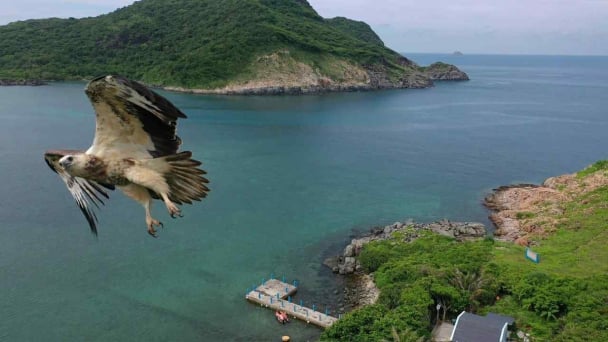
(VAN) There are destinations whose very names stir an indescribable emotion within us. Con Dao is one such place…
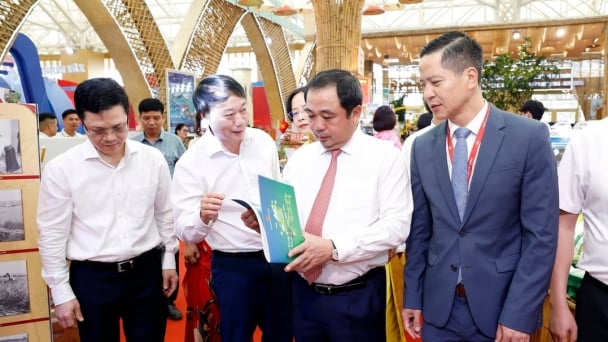
(VAN) The exhibition commemorating the 80th anniversary of Vietnam's Agriculture and Environment sector emphasizes the nation's global export standing, food security, and reform.
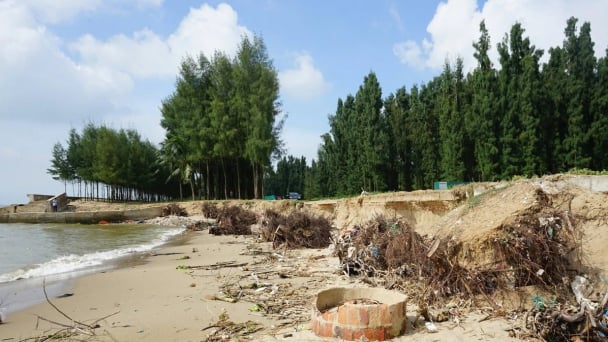
(VAN) Alongside improving its institutional framework, Vietnam is strengthening international cooperation and mobilizing resources to fulfill its climate commitments.
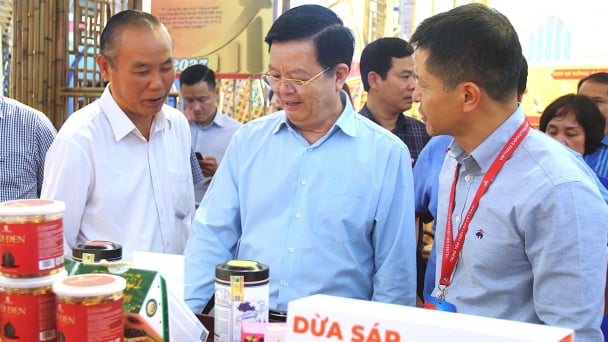
(VAN) The Agriculture and Environment Achievement Exhibition is set to join the nationwide festivities, showcasing both tradition and new strides in the sector’s 80-year journey alongside the nation’s development.
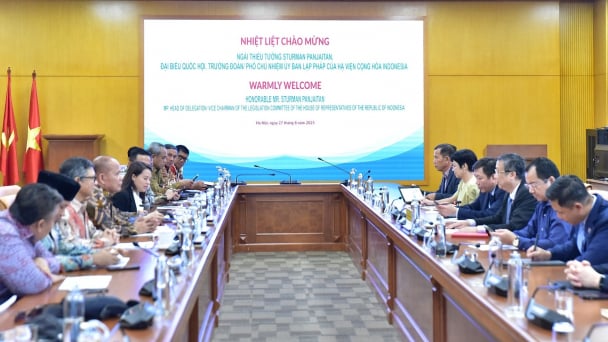
(VAN) With practical experience, Vietnam is willing to cooperate and share expertise in policy planning, deep processing and market development.
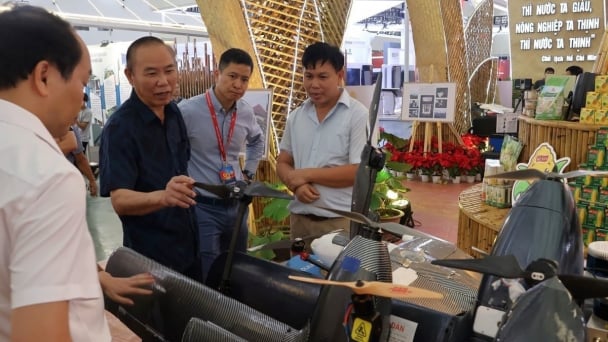
(VAN) On the afternoon of August 26, Deputy Minister of Agriculture and Environment Phung Duc Tien inspected the construction progress of the exhibition booth showcasing achievements of the agriculture and environment sector.